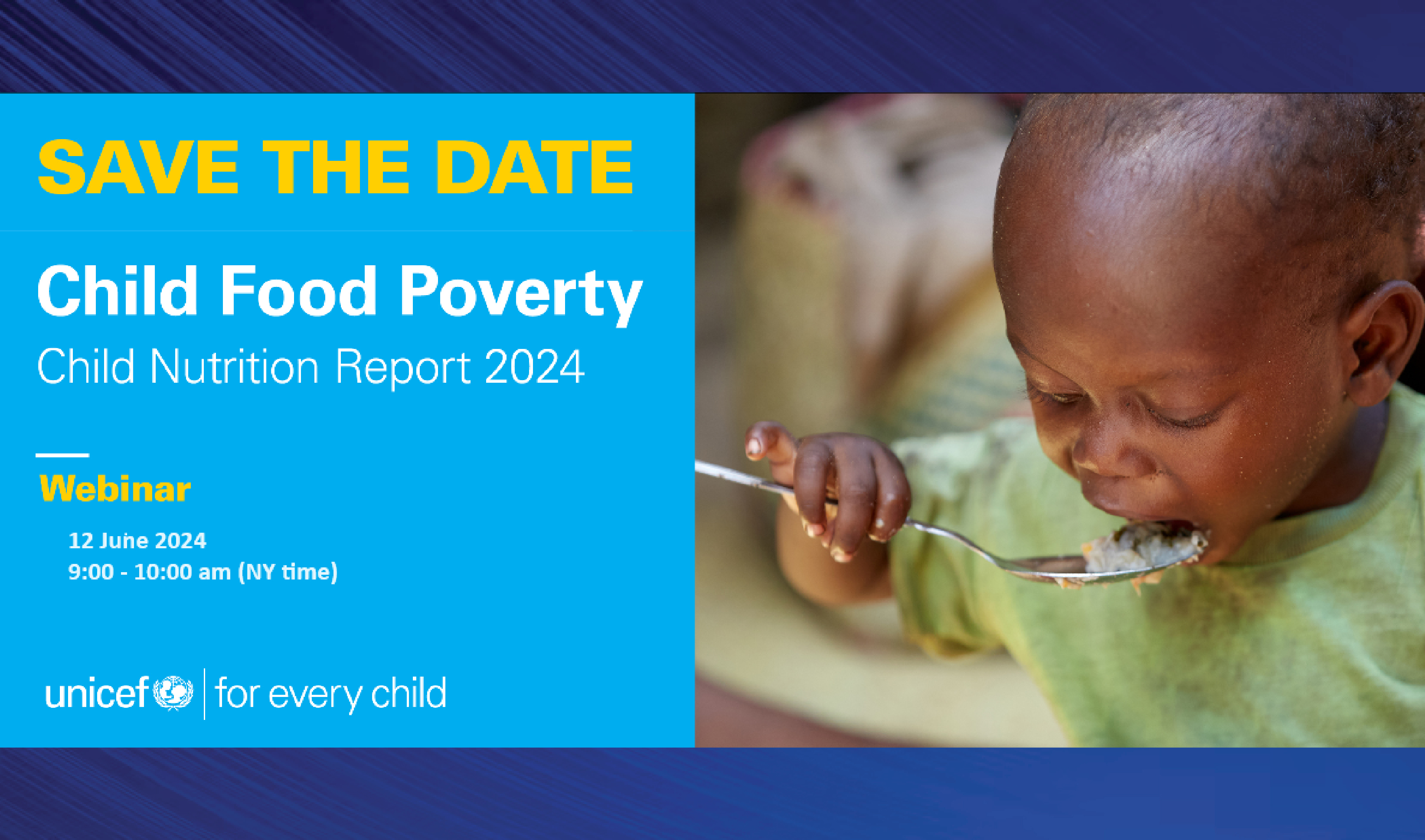According to WHO, Minimum dietary diversity(MDD) is present when a diet contains five or more of following 8 food groups i.e. breast milk; grains; legumes; dairy products; flesh foods ; eggs; fruits & Vegetables.
- Food intake from less than five food groups is considered minimum dietary diversity failure (MDDF).
Key finding of Study Related to MDD in India(For Year 2019-21):
- Regional Disparities: Central region of India, particularly Uttar Pradesh, Rajasthan, Gujarat, Maharashtra, and Madhya Pradesh, has over 80% of children with MDDF.
- Age Impact on MDDF: Children in younger age group, i.e. 6–11 months (87%) have highest prevalence of MDDF relative to higher age groups.
- Vulnerable Sections: Children from Other Backward Classes (OBC) have highest MDDF (79%), followed by Scheduled Castes (77.2%) and Scheduled Tribes (76%).
- Other findings: Children of illiterate, young and rural-residing mothers with no exposure to mass media were more likely to be diet deficient.
Issues in ensuring dietary diversity:
- Nutritional Composition: Fruits, vegetables & animal products are consumed minimally.
- Lack of Education: illiterate mothers have an MDDF of 81%, versus 75% for educated mothers.
Recommendations:
- Targeted Outreach (Prioritize efforts aimed at pregnant women, especially those with high-risk pregnancies),
- Engaging communities using local governance for nutrition activities.
Initiatives taken by India to arrest malnutrition:
|





